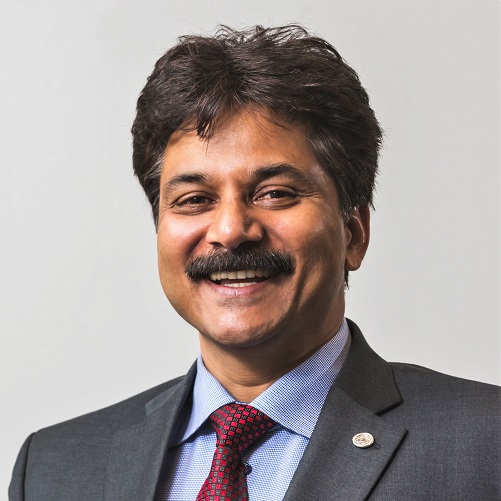3D printing is known as a rapid prototyping and additive manufacturing technique used to fabricate complex architecture with high precision through a layer-by-layer building process. This processing technique nowadays is becoming very popular for the fabrication of 3D materials with micrometer precision and internal nanostructures for various application purposes ranging from biomedical to energy storage and conversion to energy savin applications. Different printing options are available in our group.
This 3D printing technology differs from the usual 3D printing variants by only using one working direction to make the structure very solid and compact. The 3D objects are built layer by layer by dipping the base plate into a polymer resin mixture, which is in a special tank and has a firmly clamped FET film on the bottom. To create a layer, the base plate is positioned at the level of the film and irradiated with UV light for a few seconds at the desired points. With the help of a tilting mechanism, the cured polymer is carefully peeled off the film and brought into position again to create the next layer. During this process, the polymer resin mixture is automatically mixed, which ensures a homogeneous result. After the targeted layers have been created, the finished 3D object on the base plate is washed and dried separately in another device. To achieve a final and complete hardening of the object, it is removed from the base plate and irradiated again with UV light in a separate device.
Advantages of this method:
- High-pressure security
- A very small layer thickness of 0.01 mm possible (recommended: 0.025 mm-0.1 mm)
- Space-saving, solid construction
- Flexible choice of polymer resin (own mixtures are possible)
- Quick, easy, and inexpensive to use
Possible applications:
- Substrate coating (general)
- Surface modification
- Surface subdivision (grid)
- Polymer resin modification using precursor additives
3D printing of multi-functional highly porous construct
In her current project, Dr. Maleki and her group are conducting various projects for developing 3D printed constructs for different applications as following:
1) Fabrication of mechanically stable and bioactive hierarchically organized porous 3D scaffolds from hybrid gels for bone repair applications to solve the current hurdles of scaffold mediated bone tissue engineering. See further ''Project 2'' in here
2) 3D printing of electrodes for supercapacitors and metal ions’ batteries from carbonaceous nanostructures with the purpose of rapid and sustainable fabrication of 3D electrodes for efficient 3D mass transport, 3D electrical conductivity with high stability.
Contact Person
-

Prof. Dr. Sanjay Mathur 430 322b
- Phone
- +49 221 470-4107
-
sanjay.mathur
uni-koeln.de
-

Dr. Thomas Fischer 421 322b
- Phone
- +49 221 470-3292
-
t.fischer
uni-koeln.de
-

PD Dr. Hajar Homa Maleki 213 322b
- Phone
- +49 221-470-1981
-
h.maleki
uni-koeln.de
